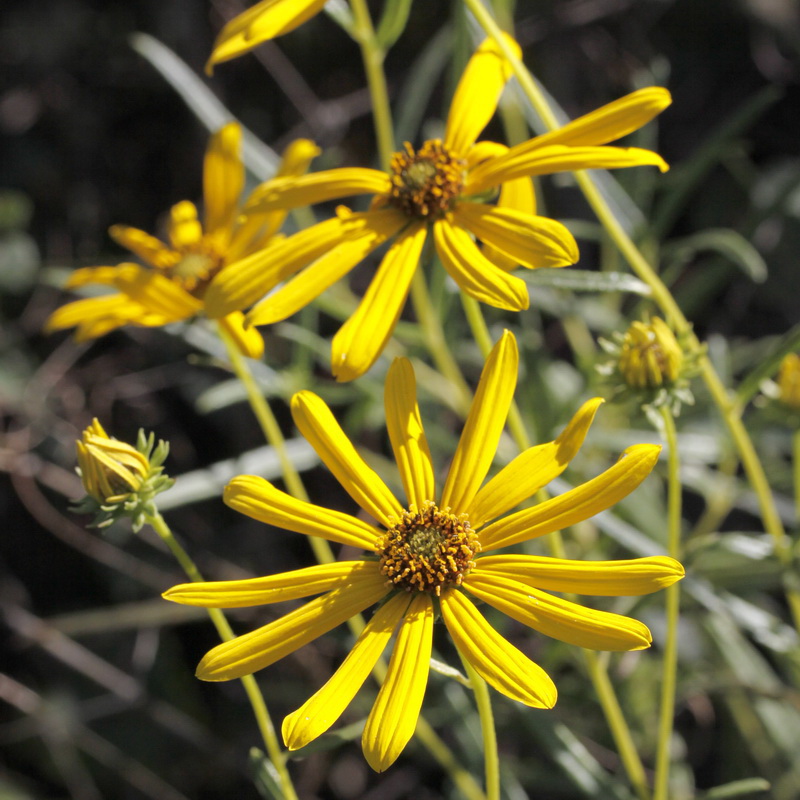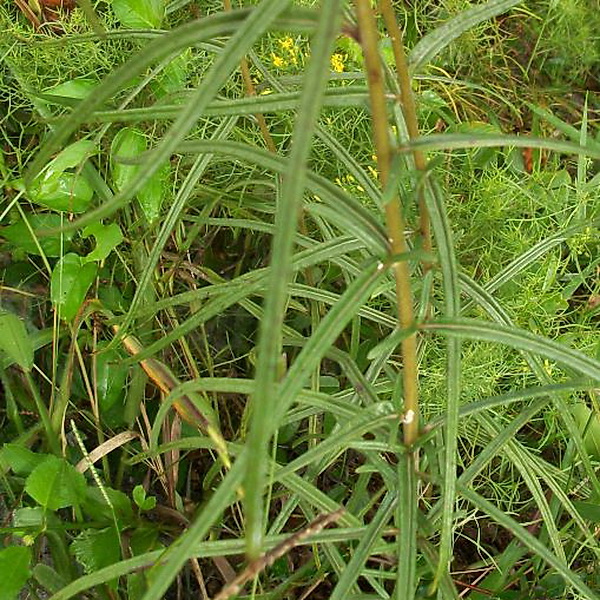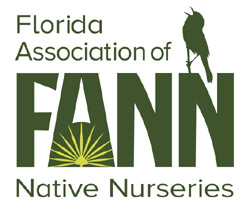Helianthus angustifolius
Photographs belong to the photographers who allow use for FNPS purposes only. Please contact the photographer for all other uses.
Swamp Sunflower; Narrow-leaved Sunflower
Asteraceae (Compositae)
Plant Specifics
| Form: | Flower | |
| Size: | 5-8 ft | |
| Life Span: | Short-lived perennial | |
| Flower Color: | Yellow | |
| Fruit Color: | NA | |
| Phenology: | Winter dormant. Blooms in fall. | |
| Noted for: | Showy flowers |
Landscaping
| Recommended Uses: | Plant as a buffer along the edge of wetlands, in a swale, or any other open wet site. Forms clones of plants up to 6 ft wide. | ||||||||||||||||||||||||||||||||||||||||||
| Propagation: | Seed or division of a cluster. Seeds are available through the Florida Wildflowers Growers Cooperative. | ||||||||||||||||||||||||||||||||||||||||||
| Availability: | Native nurseries, FNPS plant sales, Seed | ||||||||||||||||||||||||||||||||||||||||||
| Light: | Full Sun | ||||||||||||||||||||||||||||||||||||||||||
| Moisture Tolerance: |
always floodedextremely dry |
||||||||||||||||||||||||||||||||||||||||||
| (Stays Wet ----- to ----- Usually moist, occasional inundation) | |||||||||||||||||||||||||||||||||||||||||||
| Moisture Tolerance: | Stays Wet ----- to ----- Usually moist, occasional inundation | ||||||||||||||||||||||||||||||||||||||||||
| Salt Water Flooding Tolerance: | Not salt tolerant of inundation by salty or brackish water. | ||||||||||||||||||||||||||||||||||||||||||
| Salt Spray/ Salty Soil Tolerance: | Some tolerance to salty wind but not direct salt spray. | ||||||||||||||||||||||||||||||||||||||||||
| Soil or other substrate: | Loam, Sand | ||||||||||||||||||||||||||||||||||||||||||
| Soil pH: | Acidic | ||||||||||||||||||||||||||||||||||||||||||
Ecology
| Wildlife: |
Birds and small mammals eat the seeds. | |
| Insects: | Primarily pollinated by bees. The goldenrod soldier beetle (a.k.a. leatherwing beetle(, Chauliognathus pensylvanicus is a goldenrod pollinator (FL Wildflower Foundation). | |
| Native Habitats: | Flatwoods, marsh edges, cutthroat seep. |
Distribution and Planting Zones
Natural Range in Florida
USDA Zones
Suitable to grow in:
10A 8A 8B 9A 9B
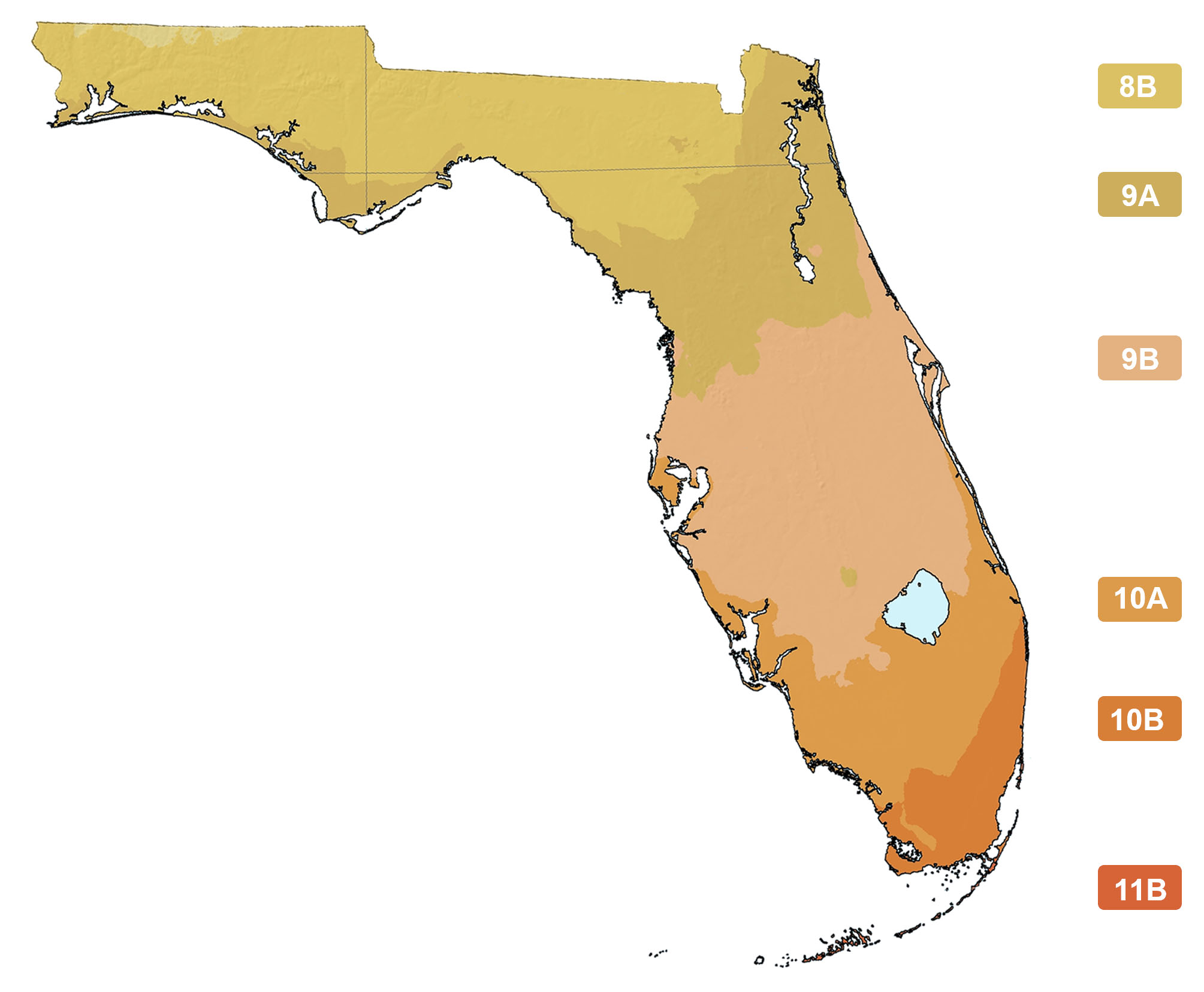
USDA zones are based on minimum winter temperatures
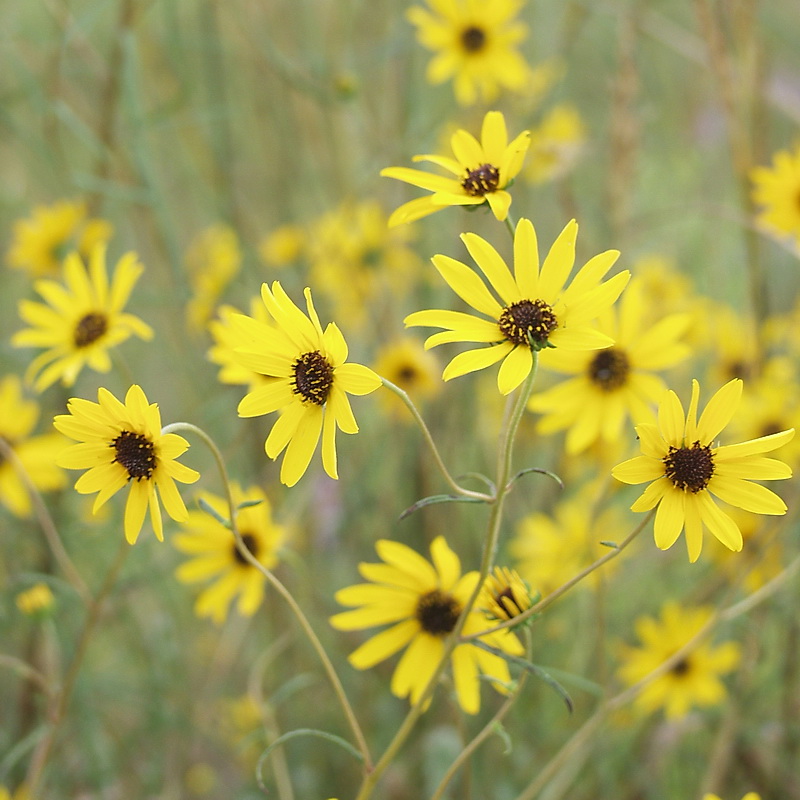
.jpg)
